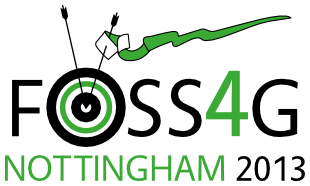Presentation
Innovations In Mapping Time-Based Data In CartoDB
Javier de la Torre (Vizzuality/CartoDB)
09:30 on Friday 20th September (in Session 25, starting at 9 a.m., Sir Clive Granger Building: A39)
Show in Timetable
The past few years have seen rapid progress in the territory of temporal data mapping on the web. During the development of CartoDB we have made relevant contributions to temporal mapping in two forms: mapping of real-time datasets and visualization of temporal change over time. Through these two areas of development, CartoDB is giving its users the ability to map live data and share visualizations of data that changes through time. Publishing maps online that contain real-time or continuously generated data has been a difficult challenge prior to CartoDB. Using the CartoDB technology stack, mappers can store and update data on a PostgreSQL database. Tiles are created from the live data, and tile invalidation is directly linked to database table updates. In this way, CartoDB has made it possible for mobile application developers, online game developers, and other map developers to create dynamically changing maps. The Life of Trash project (http://blog.cartodb.com/post/38258951298/community-spotlight-life-of-trash) and the Felix Baumgartner map (http://blog.cartodb.com/post/33236163160/a-120-000-feet-freefall-jump-live-map-powered-by) provide simple-yet-powerful examples. On the other side of temporal data is the ability to replay changes over time. CartoDB's solution to map based temporal data visualizations have come in several forms, largely utilizing HTML5 and D3. Torque (http://cartodb.github.com/torque) for example lets CartoDB users map and replay temporal data with only a few modifications of the code. Since releasing the open source library, we have seen it used by the FCC, by wildlife experts, and by city planners. Here we will showcase how and why people are finding temporal mapping useful on the web.
